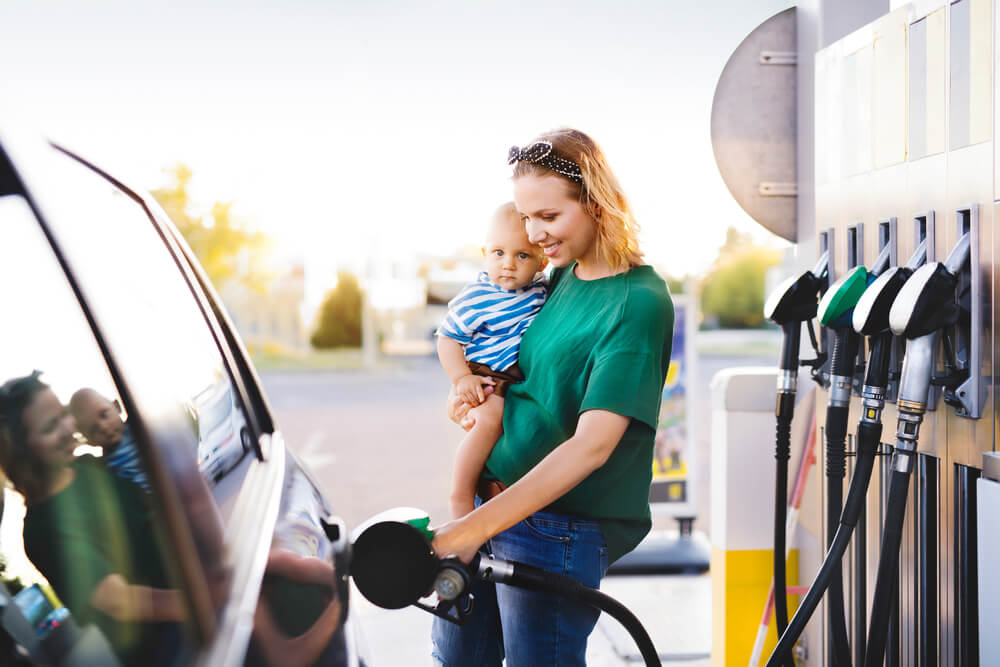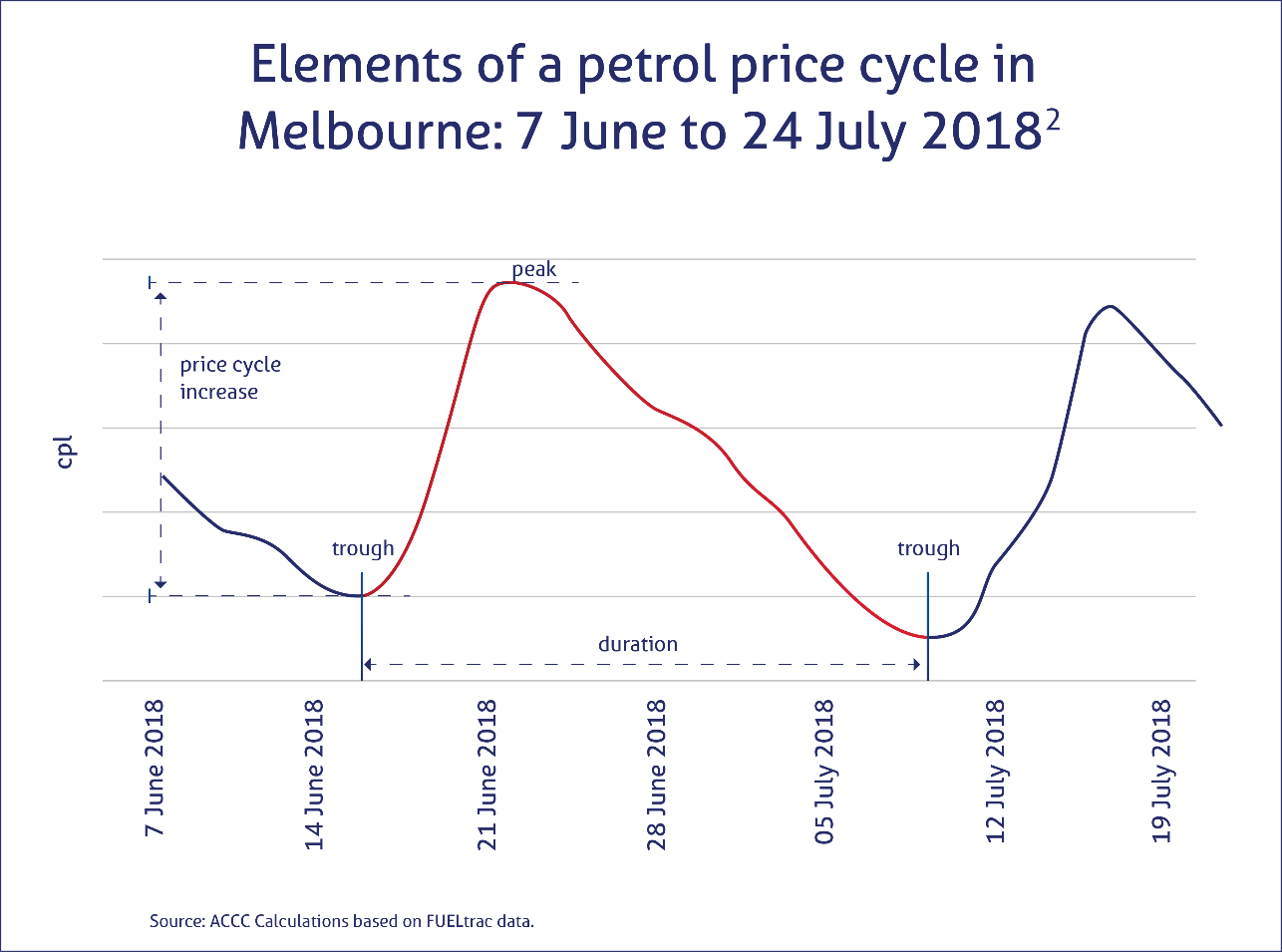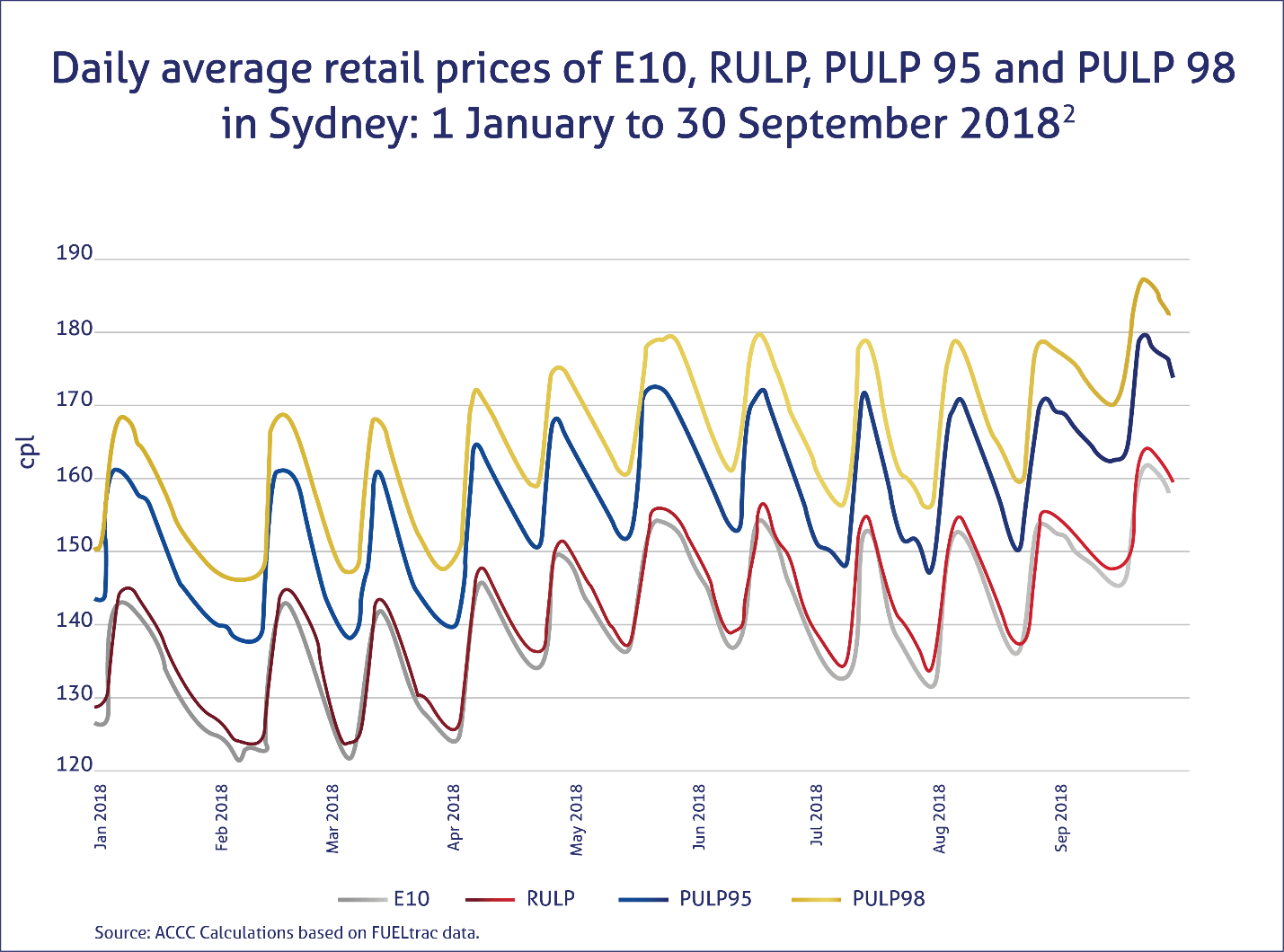
Global petrol prices plummeted to an 18-year low in April 2020 due to COVID-19, but they’ve steadily climbed back up to the usual prices as lockdown restrictions lift.
While life is seemingly going back to normal for many Australians, our budgets have suffered a squeeze during this pandemic, and driving back to work and dropping the kids off at school is sure to eat up the dollars in your wallet once life is back as we know it.
Petrol prices are always fluctuating, so what better time than now to find a way to take advantage of the petrol price cycle?
What is the petrol price cycle?
The price of petrol fluctuates over time, steadily going down for a period, and then increasing sharply before steadily going down again – this is called a petrol price cycle.1 Price cycles occur in Australia’s five biggest cities (Sydney, Melbourne, Brisbane, Adelaide and Perth) due to the high competition for fuel.2

These prices fluctuate due to the deliberate pricing policies of retailers who,1 gradually lower their costs until it becomes unsustainable before marking it up again – all in a bid to beat their competition.2
Chain petrol stations are usually the first to mark up their prices since they suffer the biggest losses from marking down their costs.2 This is because, at their lowest prices, petrol stations sometimes sell below the wholesale price.2
According to the Australian Competition and Consumer Commission (ACCC), petrol prices can vary depending on several factors:
- changes in international benchmark prices;
- the value of the Australian dollar relative to the US dollar;
- levels of competition in different areas; and
- pricing decisions by wholesalers and retailers.1
Do the prices of different types of fuel fluctuate?
According to the ACCC, the prices among the main octane grades of petrol – regular unleaded petrol (RULP) premium unleaded petrol (PULP) and E10 – move in similar price cycle patterns. This means that the best day to buy petrol of all main types will usually line up in the cycle.
Diesel and liquefied petroleum gas (LPG), on the other hand, don’t have price cycles because the demand from private customers is extremely low compared to the main grades of fuel.2

What are the most expensive days to fill up?
Depending on which city you live in, the price cycle of petrol will vary between 10-40 days. Perth is the only exception – they have a six-day cycle, with Wednesday and Thursday being the most expensive days for fuel.3
Therefore, price increases due to long weekends and public holidays are a myth. The ACCC’s detailed review of prices in the major cities of Australia found that public holiday prices were no larger than the usual price cycle increases.1
You may merely be noticing the price more than you would any other day if you’re travelling long distances and find yourself having to refuel at the peak of a cycle. That’s to say, public holidays and long weekends may correspond with the peak of a price cycle, so stay on the lookout for price decreases.
What’s the best day to buy petrol?
The best day to buy petrol will vary from month to month, depending on the price cycle. You’d ideally want to be purchasing petrol when the price has reached the monthly trough. As you can see in the previous graph, the low occurs at varying times of the month, depending on how short or long the cycle is.
In other words, it’s impossible to predict what day of the week or month is best for purchasing petrol. You could assess your local petrol station’s price cycle by observing how much petrol costs at its peaks and troughs. This will enable you to predict the cycle better.
Once again, the only exception is Perth. The best day to buy petrol for Perth is Tuesday, followed by Monday.3
Compare petrol stations
Because most of us don’t have time to track petrol price cycles, we’ve created an easier and more convenient way to check fuel prices in your area. The free fuel comparison tool in our Simples app helps you find the most affordable petrol stations at any given time across Australia.
Alternatively, The Simples app is available on the Apple and Google Play store and can help you track down prices of fuel in your area.
Sources
- ACCC. About fuel prices. Retrieved from https://www.accc.gov.au/consumers/petrol-diesel-lpg/about-fuel-prices#petrol-price-cycles-in-larger-capital-cities. Accessed 14 May 2020.
- ACCC. (2018). Petrol price cycles in Australia. Retrieved from https://www.accc.gov.au/publications/petrol-industry-reports/petrol-price-cycles-in-australia. Accessed 14 May 2020.
- ACCC. Petrol price cycles. Retrieved from https://www.accc.gov.au/consumers/petrol-diesel-lpg/petrol-price-cycles#petrol-price-cycles-in-capital-cities. Accessed 15 May 2020






